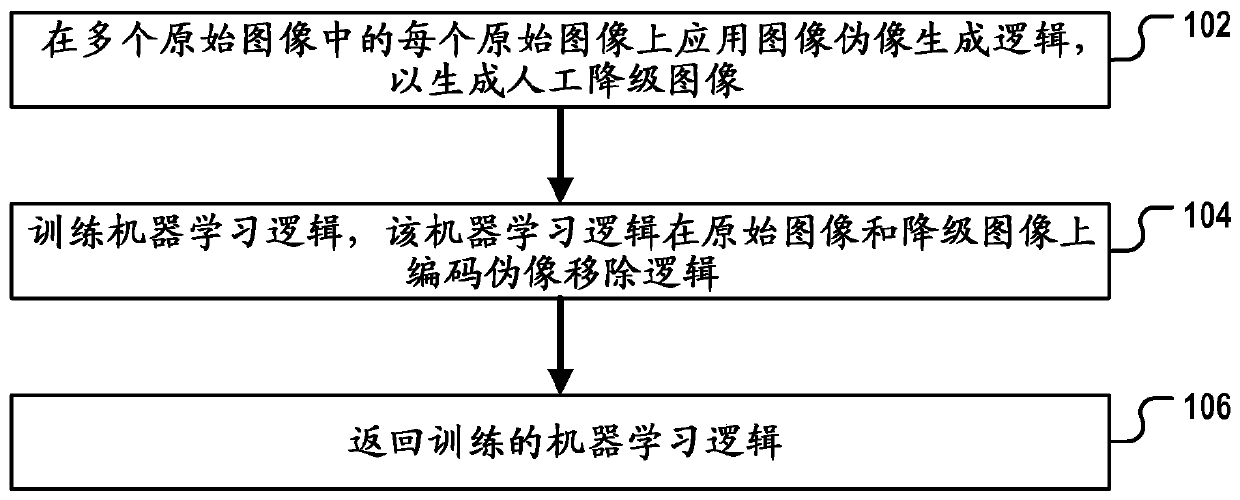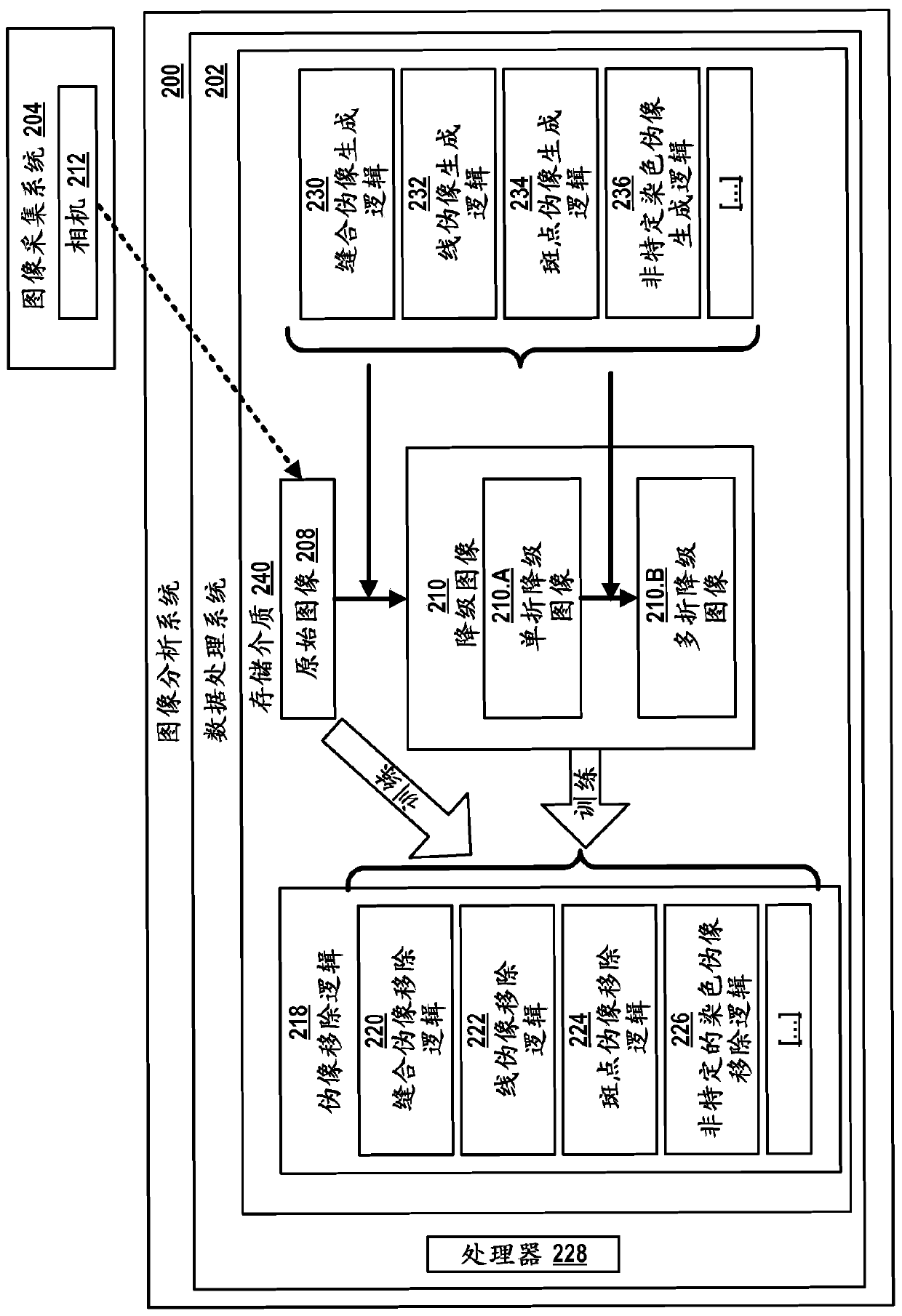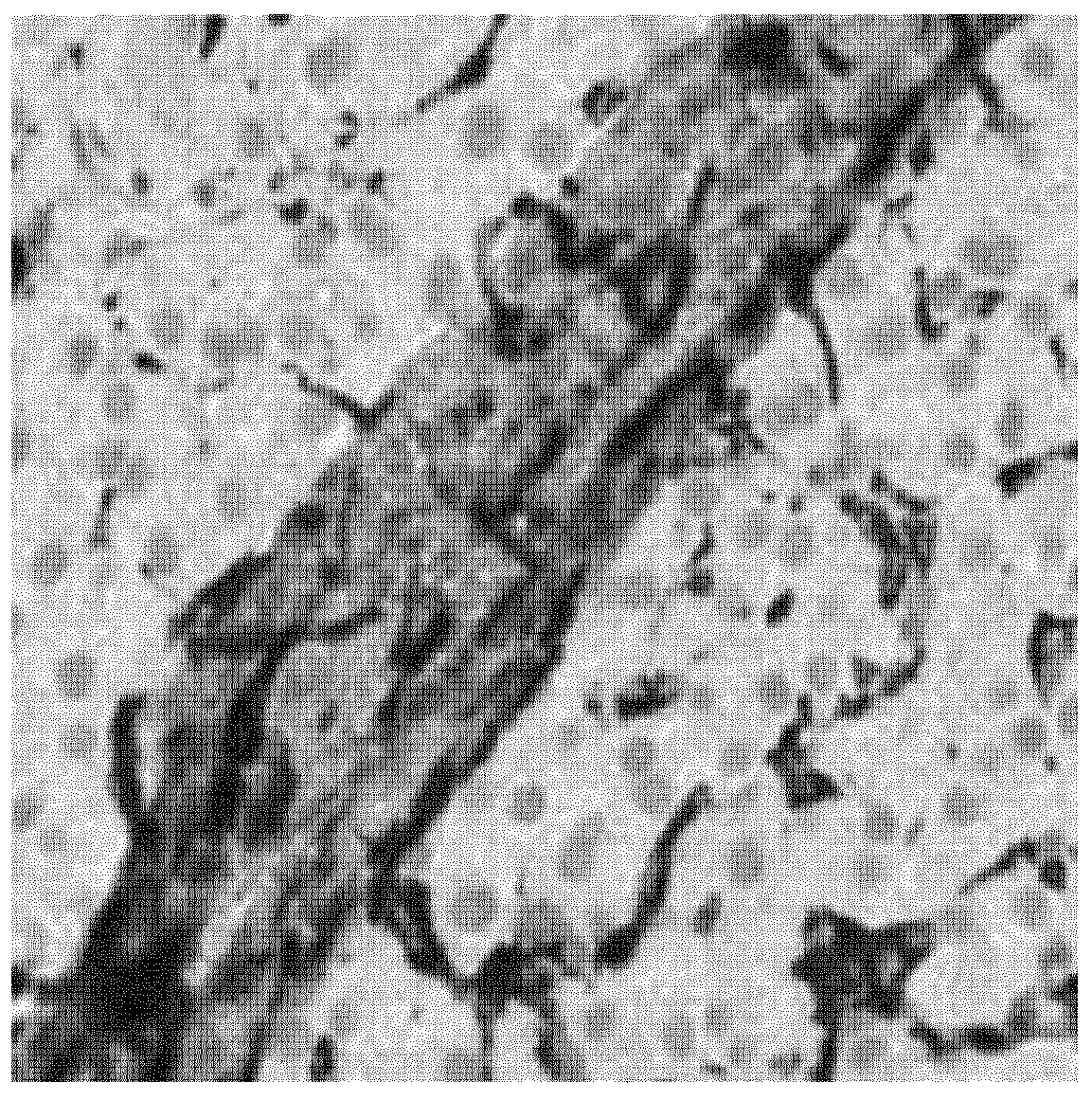Artifacts removal from tissue images
A technology for organizing images and artifacts, applied in the field of image analysis, can solve the problems of acquisition, expensive, time-consuming, etc., and achieve the effect of avoiding inconsistency and high accuracy
- Summary
- Abstract
- Description
- Claims
- Application Information
AI Technical Summary
Problems solved by technology
Method used
Image
Examples
Embodiment Construction
[0155] figure 1 is a flowchart of a method of generating artifact removal logic according to an exemplary embodiment of the present invention. The method can, for example, be based on figure 2 The image processing system of another embodiment of the present invention described in . In the following, reference will be made to figure 2 to describe figure 1 Methods.
[0156] figure 2 An image analysis system 200 is shown. The system includes a data processing system 202 having one or more processors 228, such as a standard desktop computer system, notebook computer, tablet computer, or server computer system. The image analysis system 200 includes or is operably coupled to an image acquisition system 204, such as a brightfield or fluorescence microscope or a slide scanner. In the image acquisition system, a camera 212 is included. Data processing system 202 includes an interface for receiving digital images of tissue slides captured by camera 212 . For example, the ...
PUM
 Login to View More
Login to View More Abstract
Description
Claims
Application Information
 Login to View More
Login to View More - R&D
- Intellectual Property
- Life Sciences
- Materials
- Tech Scout
- Unparalleled Data Quality
- Higher Quality Content
- 60% Fewer Hallucinations
Browse by: Latest US Patents, China's latest patents, Technical Efficacy Thesaurus, Application Domain, Technology Topic, Popular Technical Reports.
© 2025 PatSnap. All rights reserved.Legal|Privacy policy|Modern Slavery Act Transparency Statement|Sitemap|About US| Contact US: help@patsnap.com



